If you go to any online forum and post a question along the lines of which therapy approach should I choose?, you’re going to get a lot of answers.
And they’re all going to be different. Which is kind of a good thing.
Our role should be to match the child to the intervention approach that best suits their needs instead of applying the idea of “I’m going to do cycles with every child because I know how to do it” or “well, I know they can’t say ‘f’, so I’ll just work on that in words, phrases, then sentences, in initial, medial, and final position.”
There is no ‘one size fits all’ when it comes to choosing the right phonological approach. And that’s because a number of approaches might be effective.

Take a child who is omitting the final consonant in words. I have targeted this using minimal pairs, cycles, multiple oppositions, and a metaphon approach. They were all successful for those individual children, and hey, I’m sure that there were more interventions that I could have chosen.
THINGS TO CONSIDER WHEN CHOOSING AN INTERVENTION
- Review the approaches that YOU KNOW. If you only know three approaches, then think about which of those three approaches would work best. If you understand eight approaches, consider each one carefully. And if you think everyone else is talking about an approach that I’ve never used… learn it! The more approaches that you know, the more options that you will have. This will help to guide your clinical decision-making.
- Consider the child’s temperament, personality, and resilience – this is so important because you want to start therapy off successfully. I have had many refusals in my room because I pushed the child into an approach that wasn’t suited to them. It’s not a good feeling for anyone. You might also consider the child’s cognitive and language skills, as well as their ability to attend. I factor in the child’s family, and who I will be teaching to deliver the therapy when they are not in my room. Depending on this, I might rule out an approach or two.
- Take your time to probe an approach. In that first session or two, when I’m laying the groundwork, I might not fully commit to an intervention. And this because some kids will REALLY not like an approach. I don’t like seeing my kids incredibly frustrated with minimal pairs because they picked up the wrong card. I don’t want my kids to refuse to talk because contrasting 4 errors with multiple oppositions was too overwhelming. And this HAS happened. I want my kids to trust me because rapport is so important for intervention. Sometimes I have to stop and think “gee, I really wish we could do multiple oppositions because I truly believe that it would make the biggest difference… but we’re not ready for that yet.”
INTERVENTION DECISION MAKING
I know what you want to read next. You want a flow chart or decision tree that tells you what approaches are out there. But here’s the thing: I don’t know them all! There are SO many approaches out there that I’ve probably only implemented half of them in my practice. I would be doing a disservice to make a flow chart when I haven’t implemented, or don’t understand them.
But this is what I can say:
- When a child has a phoneme collapse and is substituting “d” for example, with a lot of other sounds (like g, sh, t, s blends, z, etc.), I have a high tendency to start with the multiple oppositions approach Williams, 2000a, 2000b).
- I have chosen both simple and complex targets while working on minimal pairs. I have recently started to chose a complex target if the multiple oppositions approach wasn’t the right fit for the child.
- I use the stimulability approach (Miccio & Elbert, 1996) in my under four-year-old population. In particular, when a lot of sounds are missing from their inventory, and they weren’t stimulable for them. I have also used it when every other approach has failed. Sometimes children need to develop some ‘pre-therapy’ skills before you jump into a specific production-based approach.
- I have used the cycles approach (Hodson, 1978) for children with anxiety. I found that choosing a small range of specific targets that they were stimulable for worked better for some of my kids compared to a contrastive approach. I have also swapped from cycles to minimal pairs or another approach after the child’s intelligibility has increased.
- I have chosen non-contrastive complex targets (complexity approach) in children with severe speech sound disorders after there were refusals with the multiple and maximal opposition approach we were using.
- I consider the maximal oppositions approach when a child is missing more than six sounds in their inventory (Gierut, 2008).
- I use the core vocabulary approach (Dodd et al., 2010), which is currently the ONLY approach for children with inconsistent speech disorder.
So can you see WHY you can’t just follow a flow chart? If you follow a flow chart, then you can be blinded to other options. If you follow a flow chart, it can inhibit your problem-solving skills. There are different approaches out there for a reason.
LIFELONG LEARNERS
Let’s go back to that original question, “which therapy approach should I choose?” Perhaps we should be asking “I’m familiar with minimal pairs, cycles, and multiple oppositions. Which approach would you choose?” or “Is there an approach that I’m not using that you would consider?“
I encourage you to expand your knowledge and learn more approaches. The more approaches you know, the more confident you will be to choose the approach that best matches your child. And finally, don’t feel that you are STUCK in an approach. If a child is making very slow progress, that is usually a sign to me that I might need to trial a different approach.

For transparency purposes, these are the approaches that are on my ‘to-do’ list to read more, learn deeper, and implement. I really enjoyed the open-access article, The Complexity Approach to Phonological Treatment: How to Select Treatment Targets, by Holly Storkel. My goal is to take some more professional development in this area. I know NOTHING about speech perception intervention (researched by Susan Rvachew), so that will be an exciting learning curve for me. Finally, I was recently re-introduced to constraint-based nonlinear intervention from Bernhardt & Stemberger. I think that it fills a lot of little gaps for those tricky kids, so it’s on the list as well!
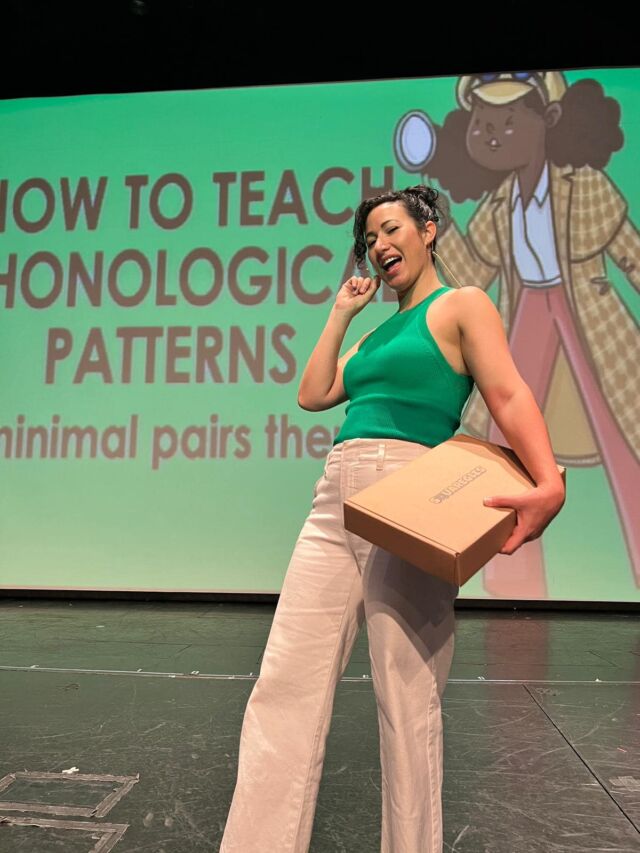



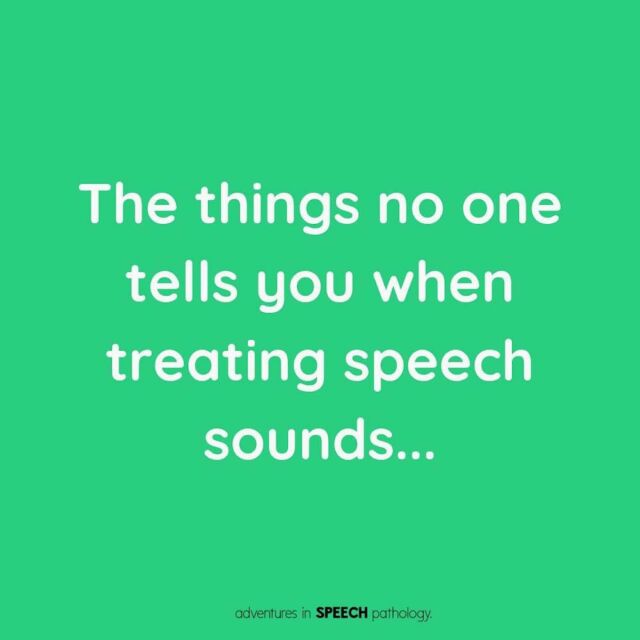
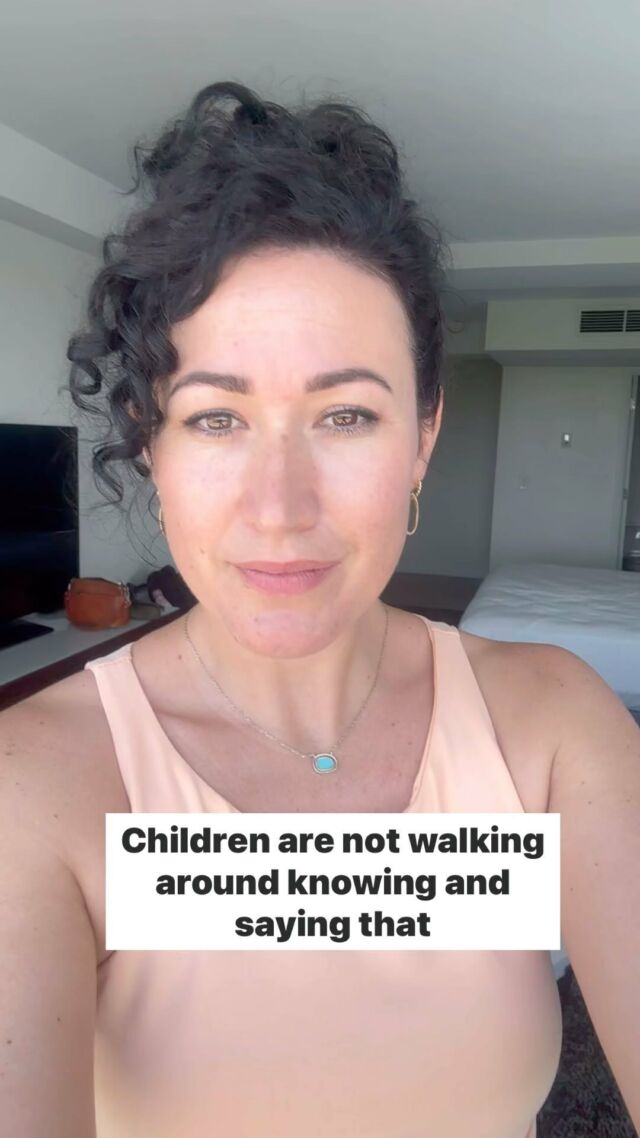

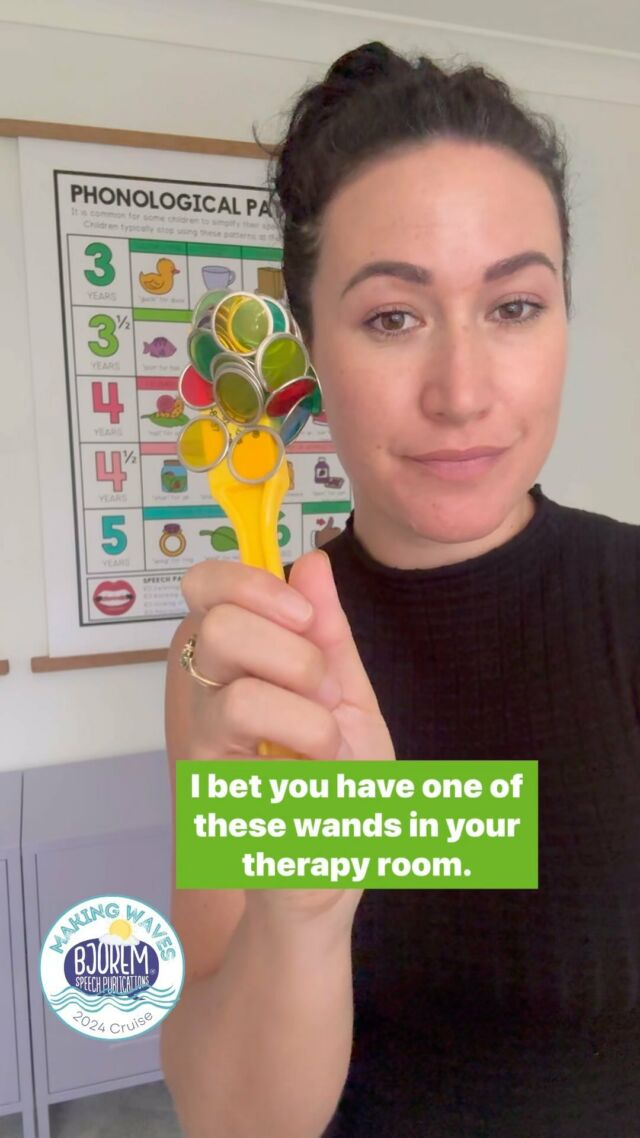
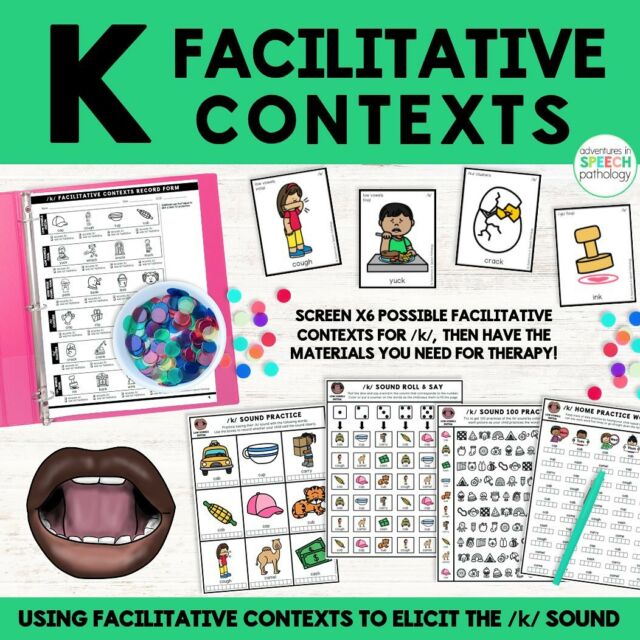


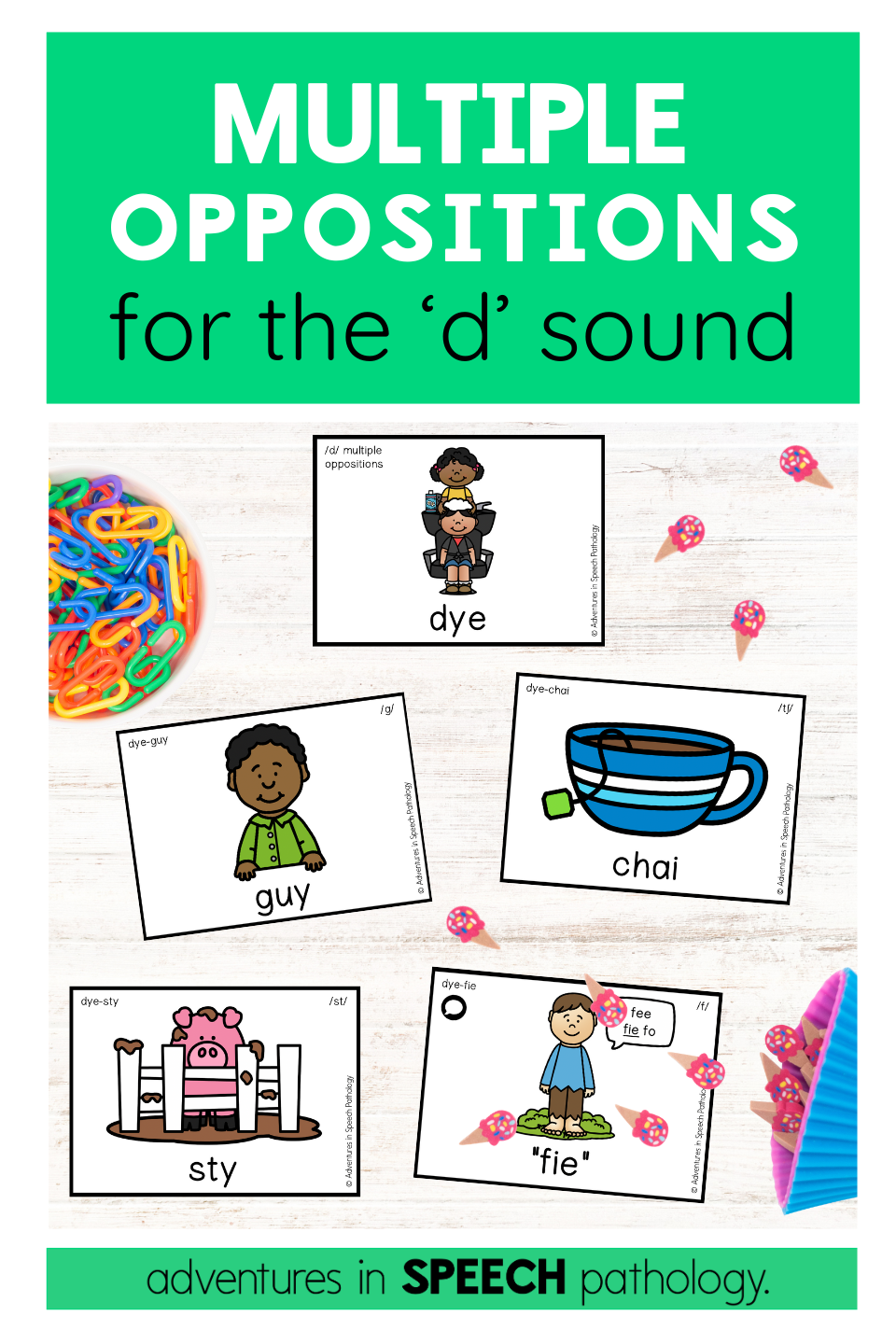



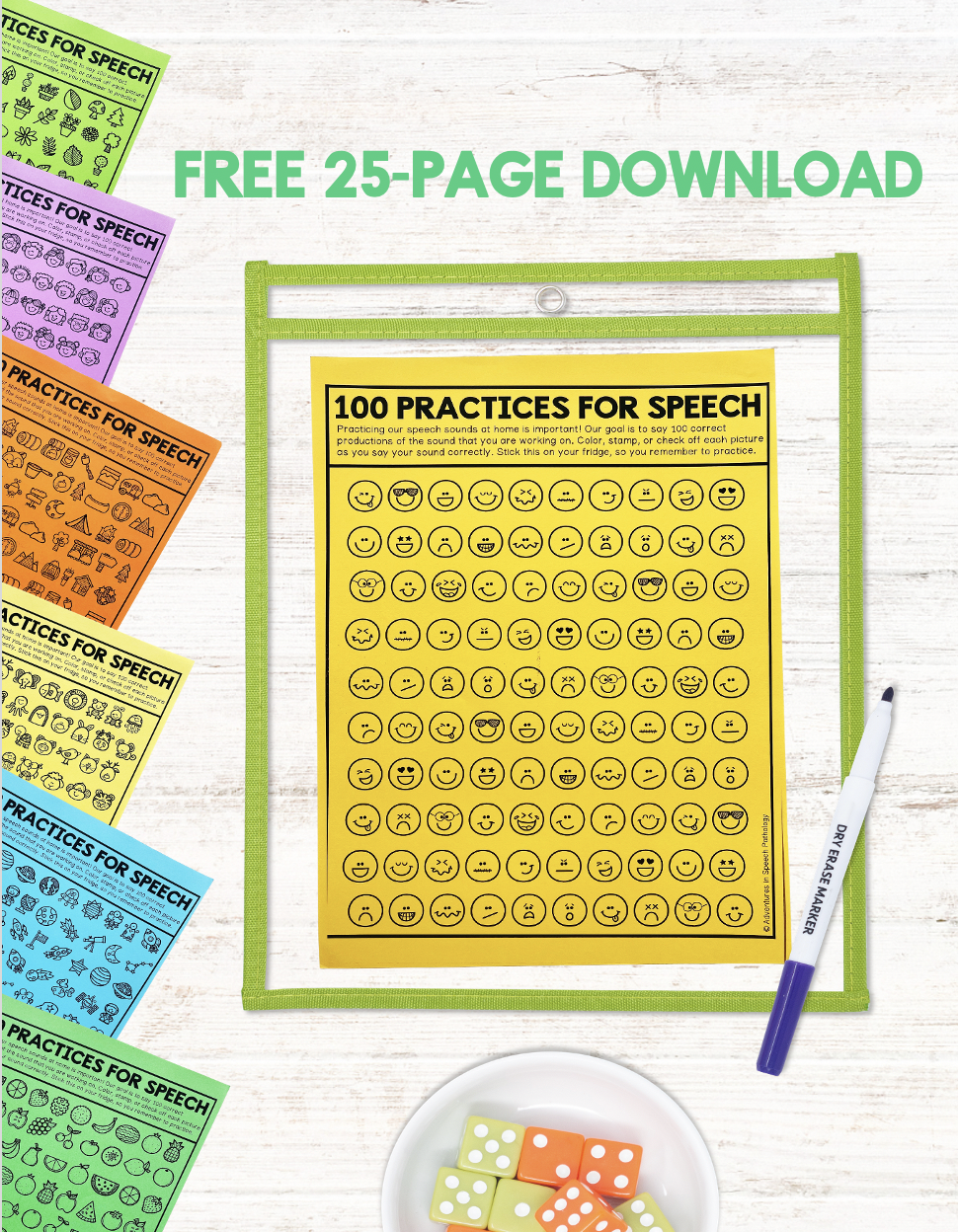


10 Comments
Rebecca thank you for the work you do. I’m a retired university professor/administrator and I’ve written a memoir about my life with a speech disorder related to my cleft lip and palate. I’ll also note I lost my larynx to thyroid cancer in 2010 which is also in my memoir. The book is called “The Writings and Musings of a Man With No Voice” and I’d like to send you a free copy of it if you’ll send me your email address. Mine is [email protected]. I’m happy to send free copies to anyone else you might recommend my book too. I find I can do this at no cost to me or to the person requesting my book by attaching it to their email address. It can be read like an E-book.
I hope to hear from you and also hope those reading my book will find it helpful in their professional lives.
This article is so spot on Rebecca! There are important factors to consider when choosing the right approach. Thank you for the inspiration to look at the big picture and the reminder to explore other approaches so that we have great options.
Thank you so much for this!
Do you have any other information on pre-therapy skills. I would love to share with my graduate student clinicians.
Hi there,
I don’t at the moment, but Cari Ebert might be a good place to start 🙂
You made a good point that one’s temperaments should also be considered when planning to undergo speech pathology treatment. I plan to find a good speech pathologist soon because my son has been quite reclusive for most of his formative years. It would be important to make him more used to speaking up in order to avoid problems later in life.